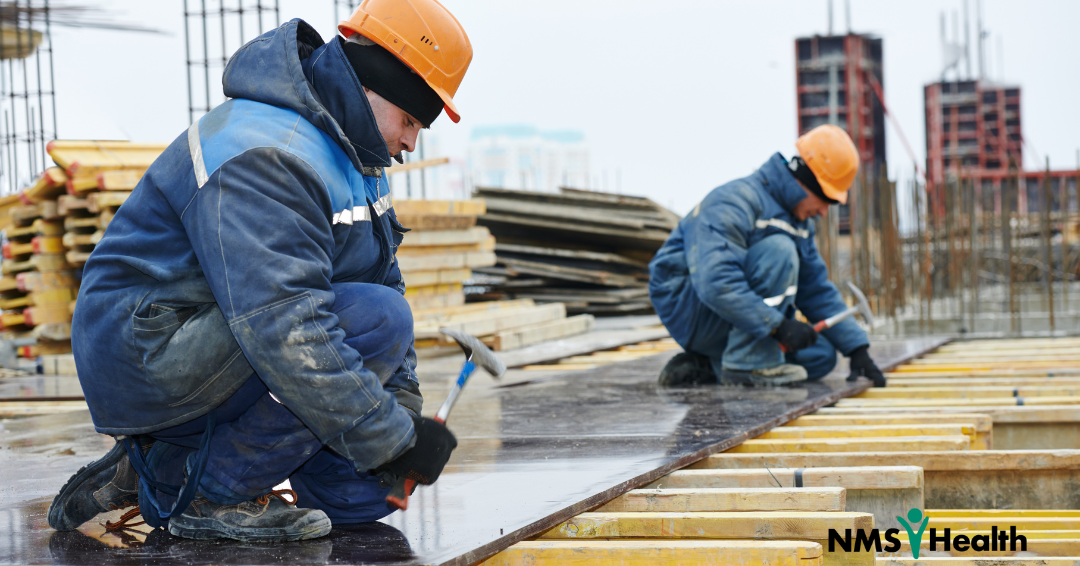People may often assume that winter weather only affects workers in harsh conditions like snowstorms or subzero temperatures. This is not the case. Cold weather can endanger the lives of workers, especially those who are outdoors. A report by the National Center for Health Statistics found that winter weather takes the life of more people than summer heat. Each year, approximately 2,000 people die due to weather-related causes. Of those 2,000, 63% of deaths are caused by exposure to cold and/or hypothermia, while 31% are caused by heat-related exposures such as heatstroke. Cold weather PPE can lower a worker’s risk of frostbite, hypothermia, or coming down with an illness. According to OSHA, protective clothing is recommended for work below 39.2 degrees Fahrenheit.
Types of Cold Weather PPE
Clothing
Several light-weight layers of clothing are better than one heavy layer. The air between the layers of clothing provides additional insulation. Layers should be loose and comfortable. Tight clothes can reduce blood circulation which is needed to keep extremities warm. OSHA recommends wearing three layers of clothing for the best protection in extended winter exposures.
- An inner layer of wool, silk, or synthetic fiber to wick moisture away from the body.
- A middle layer of wool or synthetic fiber to provide insulation.
- An outer layer to protect against wind and wet conditions that allows ventilation to prevent overheating.
Layers are especially important for workers who may be moving from indoor and outdoor locations throughout the day. Removing and adding layers during the day allows workers to accommodate to levels of activity, changing weather conditions and temperatures.
Footwear
The shoes best suited for cold weather working are felt lined, leather-topped boots with removable felt insoles. Because leather is porous, it allows sweat to evaporate. Leather boots can be “waterproofed” with some products but for workers who must stand in water or slush, water-resistant boots are the best choice. Insulated, water-resistant work boots with plenty of traction will help workers keep their balance on slippery or icy surfaces.
Socks should always be the right thickness for the worker’s boots. Socks that are too tight will not be as insulating and socks that are too thin may lead to blisters. If workers decide to wear two pairs of socks at time, the second pair should be larger than the inner sock to avoid compression. It is a good idea for workers to keep a spare pair of socks to change into as socks may become damp during the day.
Head, Face, and Eye Protection
The saying that a person loses half of their body heat through their heads may not be exactly truthful, but it is important to cover up. Any amount of exposed skin will shed body heat. Head, face, and eye protection all go hand in hand for this reason. The more a person covers their face and head, the higher the likelihood of fogging up lenses. Eyewear with anti-fogging coating can allow workers to wear various head and face coverings without having to worry about hindered vision. Anti-fog coating and safety glasses with silver mirrors can provide eye protection from glare off snowbanks or strong sunlight.
Visibility
While layers are crucial for keeping workers warm and healthy, it is important that high visibility shirts and clothing are not covered up. Reflective gear is especially important in the winter months when daylight is shortened. The decrease in daylight can lead to more accidents for workers.
When it comes to cold weather safety, it’s important to take all the necessary precautions and not to underestimate the effects of cold weather. Most cold weather-related injuries occur when workers are unprepared and don’t have the proper protective equipment. Now that we are on the precipice of winter, and many Americans are starting to experience colder temperatures, it is important that employers start making plans to provide PPE to their workers. By doing so they can hopefully decrease the chance of illness and injuries. To learn more about Preventing Cold Stress Illness and Injuries, please visit our blog here, Cold Stress at Work.


